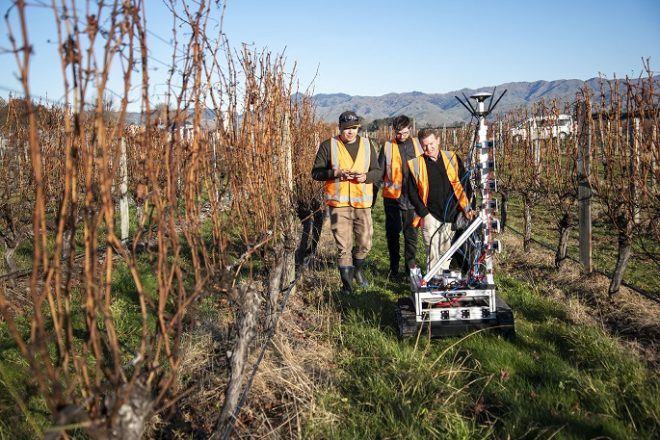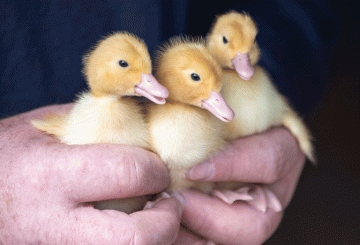Researchers at the University of Canterbury have received $6.1 million in funding to combine viticulture, robotics, 3D imaging, and data analytics to improve grape yield predictions. The wine industry is a significant part of New Zealand’s economy, contributing NZ$2.4 billion in exports this year. However, forecasting grape yield is challenging and inaccurate predictions can be costly.
Professor Richard Green, a computer science and software engineering academic at the university, is leading the research project. The team plans to develop a unique method that combines a 3D-imaging-based detection system with a growth prediction model. This is the first time this approach has been used, and Professor Green believes it has huge potential.
The research team is made up of experts from various fields, including robotics, data analytics, and viticulture. They will work together to ensure the technology meets the needs of the industry. Professor Green believes this project could not only improve grape yield predictions but also increase average yield, improve planning for wineries and vineyards, and help prepare vineyards for climate change.
If successful, this project could create new revenue and export opportunities. The team also plans to use this research as a template for future projects to further automate the agricultural sector.






























































